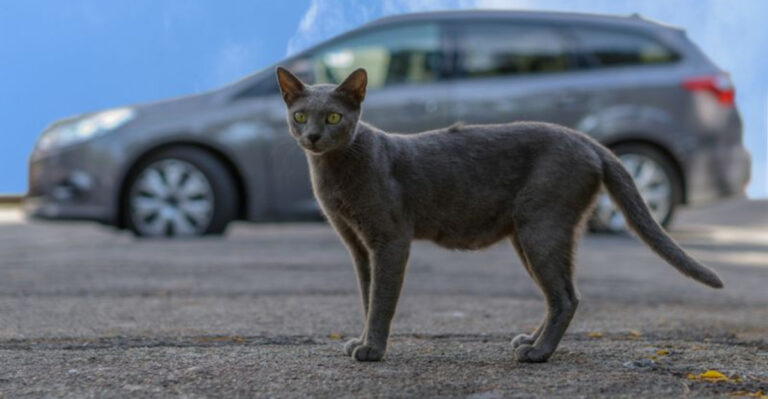15 Dog Breeds That Are The Most Expensive To Insure

Ever wondered why your furry friend’s insurance costs more than your neighbor’s? Not all dog breeds are created equal when it comes to insurance premiums.
Some breeds have higher health risks, more behavioral issues, or greater chances of injury that make insurance companies charge extra. Let’s explore which pups might put the biggest dent in your wallet when it comes to insurance coverage.
1. Bernese Mountain Dog

Gentle giants with tri-colored coats that melt hearts everywhere. Unfortunately, these lovable mountains of fluff come with steep insurance premiums due to their heartbreakingly short lifespan and proneness to cancer.
Many Berners don’t make it past age eight, causing insurers to charge more for their policies. Hip dysplasia and bloat also plague these gentle souls, making them insurance company red flags despite their wonderful temperaments.
2. English Bulldog

Behind that adorable squished face lies a laundry list of health concerns that make insurers sweat. From breathing difficulties to skin infections, these chunky charmers need frequent vet visits that drive premiums through the roof.
Their trademark wrinkles require regular cleaning to prevent infections. Add in joint problems, heart issues, and eye conditions, and you’ve got a recipe for sky-high insurance rates that match their irresistible cuteness level.
3. Great Dane
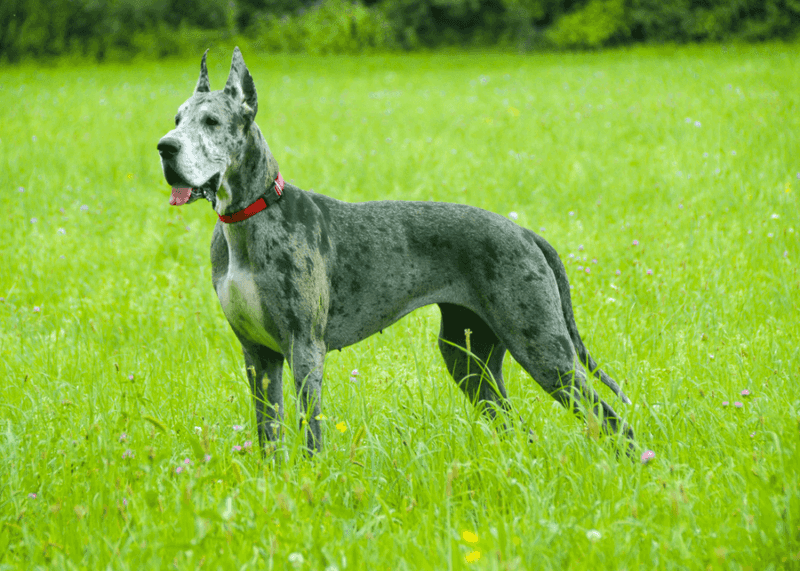
Reaching the height of small horses, these gentle giants rack up massive vet bills when health issues strike. Their size alone makes medications and treatments more expensive, while their susceptibility to bloat can lead to emergency surgeries.
Heart problems frequently affect these towering pooches, particularly dilated cardiomyopathy. Insurance companies know that when a dog this size needs treatment, the bills will be supersized too, resulting in premium prices for coverage.
4. Rottweiler
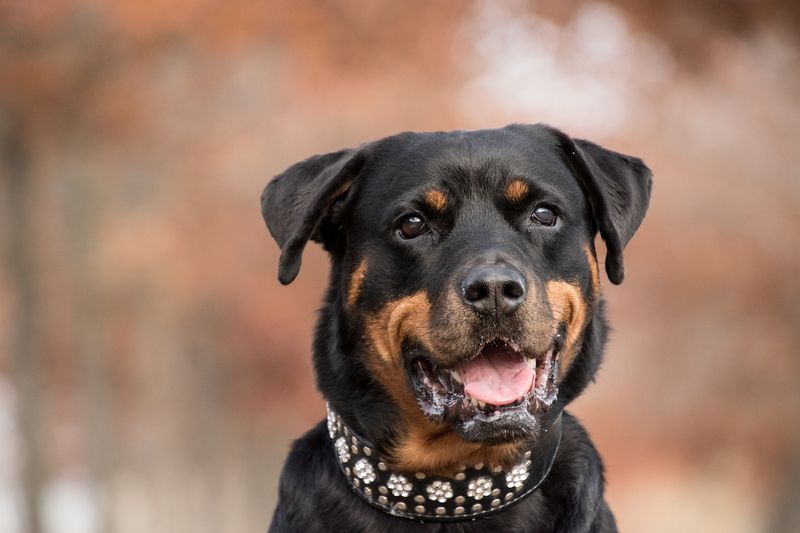
Loyal guardians with muscles to spare, Rotties face higher insurance costs due to their reputation and health challenges. Cancer hits this breed particularly hard, with many developing bone cancer that requires costly treatments.
Hip and elbow dysplasia frequently plague these powerful pups, leading to expensive surgeries. Some insurers also factor in liability concerns due to their protective nature, creating a double whammy for owners’ wallets despite their devoted hearts.
5. Doberman Pinscher

Sleek and athletic, these velvet-covered missiles face an insurance premium penalty due to heart conditions that can strike without warning. Dilated cardiomyopathy runs rampant in the breed, causing insurers to charge more for coverage.
Von Willebrand’s disease, a blood clotting disorder, also affects many Dobies. Factor in their deep chests that make them prone to bloat, and you’ve got a trifecta of health concerns that insurance companies definitely notice when setting rates.
6. French Bulldog

Those bat ears and squishy faces come with a shocking price tag at the vet. Breathing problems plague these trendy pups thanks to their flat faces, often requiring surgery to help them simply catch their breath.
Spinal issues run rampant in the breed, sometimes leading to paralysis and expensive treatments. Add in skin allergies and eye problems, and insurance companies see dollar signs when Frenchies apply for coverage, passing those costs onto their adoring owners.
7. German Shepherd

Smart as whips but prone to expensive health issues, these working dogs often develop debilitating hip dysplasia that can require surgery. Their deep chests make them candidates for bloat – a potentially fatal condition requiring emergency intervention.
Degenerative myelopathy, a progressive spinal cord disease, affects many senior GSDs. Insurance companies know these intelligent pups often need specialized care as they age, leading to higher premiums despite their legendary loyalty and work ethic.
8. Boxer

Goofy grins hide serious health concerns that make insurers raise their rates. Cancer strikes this breed at alarming rates, particularly mast cell tumors and lymphoma that require expensive treatments and ongoing care.
Heart problems, particularly arrhythmogenic right ventricular cardiomyopathy, affect many Boxers. Their short snouts also lead to breathing difficulties and heat intolerance. Despite their playful personalities, these health challenges make them insurance company caution flags.
9. Shar-Pei

Famous for wrinkles that need constant care, these ancient Chinese dogs come with modern insurance headaches. Skin fold infections plague the breed, requiring antibiotics and sometimes surgery to resolve persistent problems.
Shar-Pei Fever, a condition unique to the breed, causes recurring fevers and joint pain. Eye problems, including entropion where eyelids roll inward, often require surgical correction. All these specialized needs translate directly into premium prices for coverage.
10. Saint Bernard
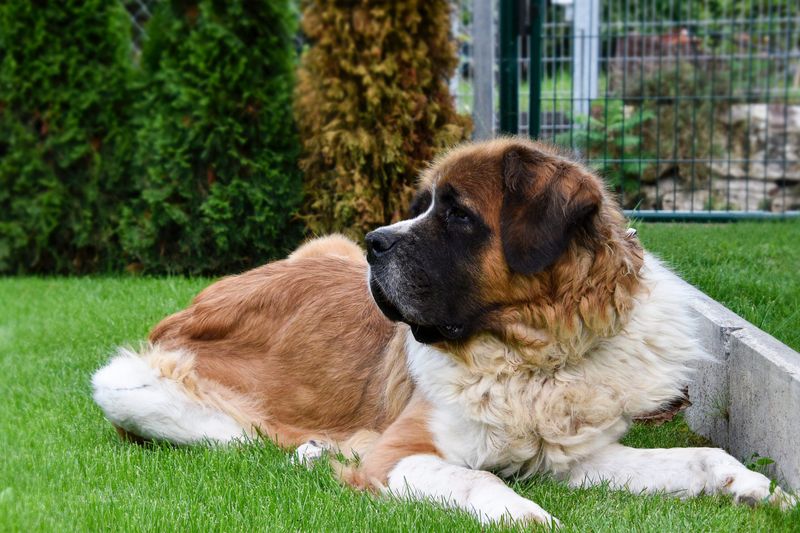
Massive and lovable, these gentle giants come with equally massive vet bills that insurers prepare for by charging higher premiums. Their sheer size means medication doses cost more, while surgeries require specialized equipment and more anesthesia.
Hip and elbow dysplasia frequently affect these mountain rescuers. Bloat, heart problems, and bone cancer also target the breed. Despite their heroic history and gentle souls, insurers see Saint Bernards as high-risk investments requiring premium coverage.
11. Dogue de Bordeaux

Looking like they stepped straight out of a Renaissance painting, these mastiffs face modern health challenges that spike insurance rates. With an average lifespan of just 5-8 years, insurers know they’ll likely pay out on policies sooner than with longer-lived breeds.
Heart disease, hip dysplasia, and breathing problems plague these historical guardians. Their wrinkled faces require regular cleaning to prevent infections. Despite their loyal hearts, these health concerns translate directly into higher premiums.
12. Irish Wolfhound

Towering over other dogs but with tragically short lifespans, these gentle giants set insurance calculators spinning. Most don’t live beyond 7 years, with heart disease being a primary culprit that insurers factor into their premium calculations.
Bone cancer strikes the breed at high rates, requiring expensive treatments. Their massive size also predisposes them to bloat and joint problems. Insurance companies see these historical sighthounds as high-risk investments despite their sweet temperaments.
13. Newfoundland
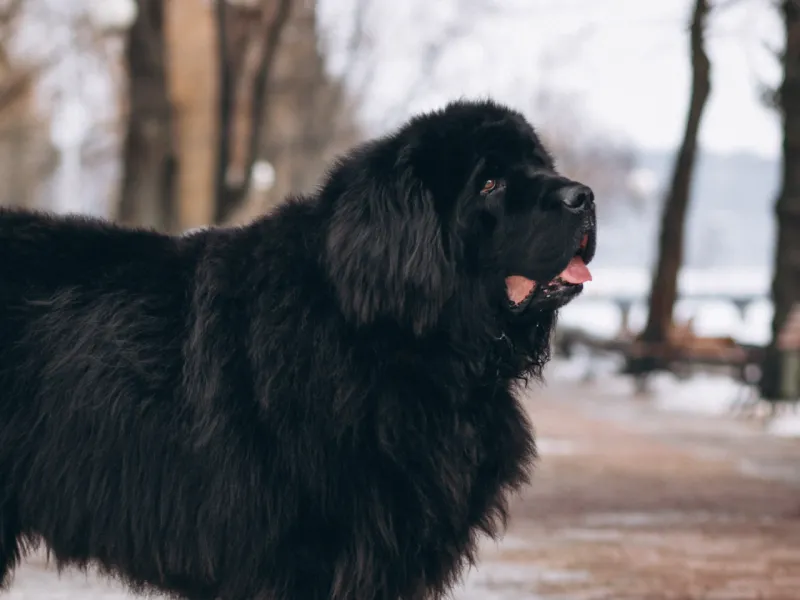
Water-loving giants with hearts of gold but health problems that make insurers reach for their calculators. These gentle nanny dogs frequently develop hip and elbow dysplasia that can require expensive surgical interventions.
Heart problems, particularly subvalvular aortic stenosis, affect many Newfies. Their dense double coats can hide skin issues until they become serious problems. Despite their heroic swimming abilities and sweet nature, these health concerns translate to premium-level insurance rates.
14. Cane Corso

Ancient Roman guardians with modern health challenges that spike insurance premiums. These powerful mastiffs frequently develop hip dysplasia that can severely limit mobility and require expensive surgical correction.
Eye problems plague the breed, with many developing cherry eye or entropion that needs surgical intervention. Their deep chests make them candidates for bloat, a life-threatening emergency. Despite their loyal protection, these health concerns make insurers charge premium rates.
15. Basset Hound

Those long ears and sad eyes hide expensive health conditions that insurance companies definitely notice. Their unique body structure predisposes them to intervertebral disc disease that can require costly surgical intervention and rehabilitation.
Ear infections run rampant due to those adorable but poorly-ventilated ears. Eye problems and skin fold infections also plague the breed. Despite their comical appearance and laid-back personalities, these specialized health needs translate directly into higher premium costs.






